24 – VICTORIAN SPIRITUALISM
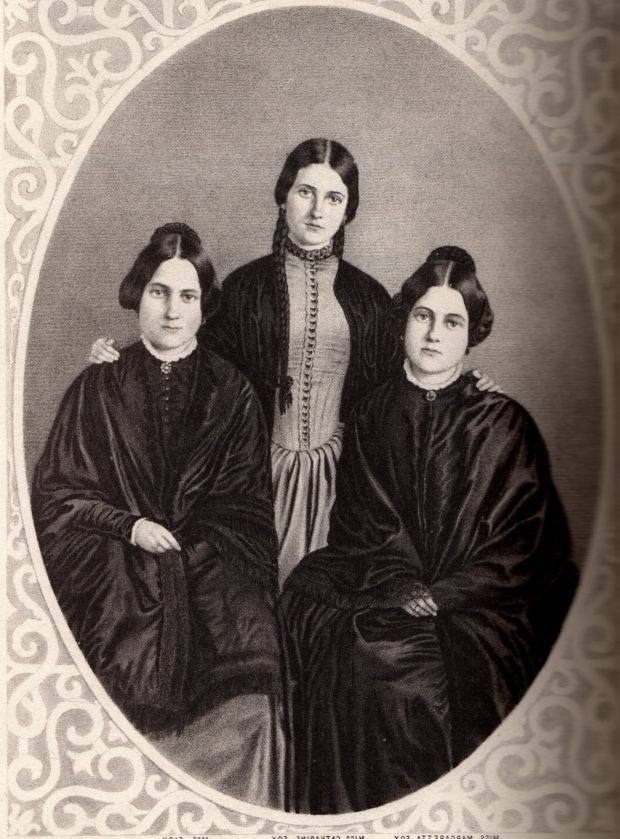
Like rock and roll and hamburgers, the British imported spiritualism from the Americans. In 1848 the Fox sisters set the ball rolling except the ball was an apple. They tied one to a piece of string and faked knockings on walls. The Fox sisters called the knockings on the wall rapping. The three sisters were white Americans from New York but rapping had to start somewhere. In 1888, Jack the Ripper committed what is believed to be his final murder. In the same year and after a decent career as mediums the Fox sisters admitted that the calls from the spirits were phoney. British mediums also endured accusations of fraud. It did not help that the more successful practitioners were those that were more likely to be exposed. Evidence against spiritualism accumulated, and communicating with the dead became less fashionable amongst the educated. It may be just a coincidence but at the end of the 19th Century and, as interest waned in spiritualism, beards on Victorian men became shorter.
Robert James Lees remains known because of an exaggerated connection to Jack the Ripper. He has been recreated as a character in at least three Jack the Ripper movies. Actors play him as a bohemian non-conformist outsider but Lees worked for four years as a journalist. He spent two years on the Manchester Guardian before moving to London where he met W T Stead the hard headed campaigning editor of the Pall Mall Gazette. The two men had an interest in social reform and spiritualism. They became friends. The desire to communicate with the dead has attracted sincere enthusiasts, cynical charlatans, the misguided, the deluded and those who have a gift for clairvoyance that is beyond explanation. In the Victorian age spiritualism became an industry. It could only be sustained through fakery.
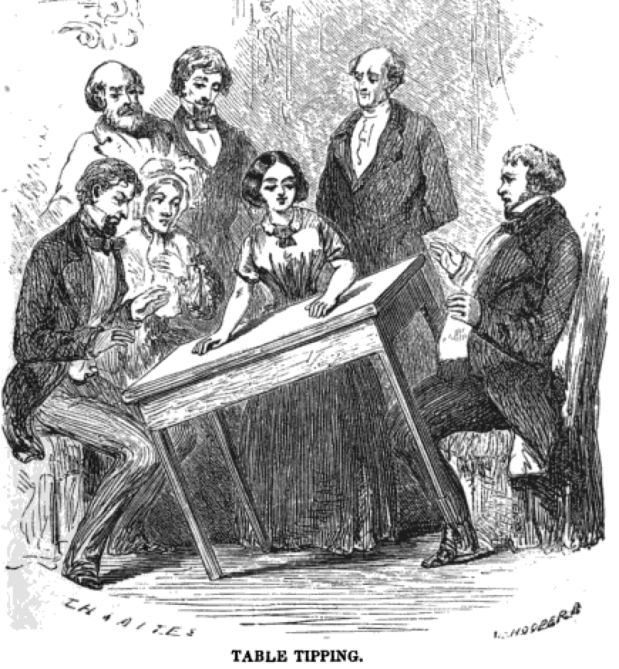
There were more women spiritualists than men but the blokes earned more money and were able to cultivate celebrity. Audiences were likely to regard women as more sincere and spiritual but both genders felt the need to add show business tricks. Victorian spiritualism allowed the convincing female mediums to establish independent and well-remunerated careers. The popular mediums would hold séances and charge a guinea a person. Discount rates were available for block bookings of ten or more. In response to the Jack the Ripper murders some mediums held séances to seek advice from the spirits. Nothing of worth came from the séances but it filled a couple of theatres.
Not all the objections to spiritualism were scientific. Powerful men objected to women becoming economically independent and famous. Insecure and indulged Victorian males were not ready for women with psychological powers that gave them influence and confidence. There also existed rivalries, which meant that mediums were content for their rivals to be exposed or rubbished. The market provided affluent customers. Money being spent meant that there was always competition for business. Confessions and retractions like the one made by the Fox sisters in 1888 weakened the industry and confirmed the doubts of not just the critics but also disillusioned many of the devotees.
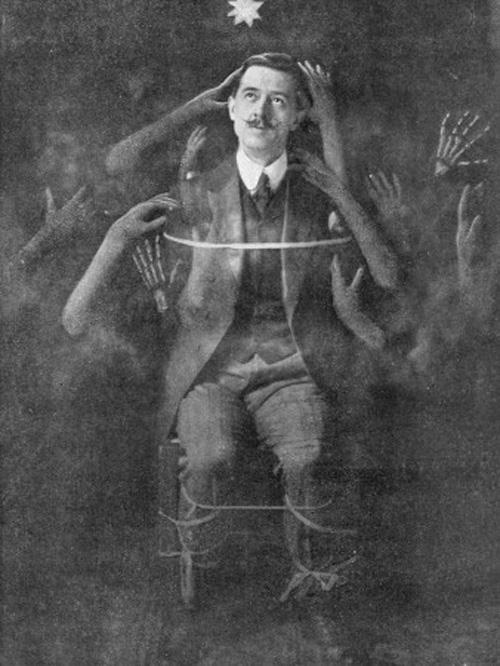
If spiritualism today is obliged to convince and suggest the authentic, in the Victorian age customers wanted the spectacular. Listening to knocking on the table somehow lacked long lasting appeal. Mediums forgot about the apples of the Fox sisters and added other effects to their armoury. They became possessed by spirits and spoke in voices that sounded different from their own. Levitation, movement of furniture, chemical explosions and the appearance of supposed spirits were popular tricks. The performances were enhanced by the skills of conjurers and magicians. How and why fairground deceits invaded respectable and affluent homes is not so mysterious.
Today young people take drugs. Some stay the course but most relent. Others are changed by the discovery of something hidden and let it change their lives. The drugs change but the belief amongst many that they should be tried persists through generations. Cocaine replaced LSD after the sixties, and the Ouija board progressed from a pen and paper to a designer object. The Ouija board has had as many versions as the Apple smart phone. Since their introduction in the 15th Century the design of Tarot cards has been consistent but it was in the Victorian age that they became popular. The Victorians enjoyed the benefits of technology, and imperial conquest gave them Captain Kirk confidence to seek other frontiers. Aldous Huxley would have approved.

The doubters wanted the spectacular tricks to be performed in controlled conditions. The mediums were affronted and claimed they needed a sympathetic environment. Purists assumed that this meant a dark sitting room but the real entertainers took their shows on the road. Sympathetic environments apparently included a theatre and paying audience, and that weakened both the argument and the product. The same thing happened later in rock and roll. Audiences like big spectacular shows but the critics and the sniffy want small-scale authenticity.
Even before she became controversial, Florence Cooke had a gift for entertainment. In her séances she would disappear into a cabinet and reappear as the ghost Katie King. Sometimes she would use an accomplice. Katie was a lively spirit. In one séance she levitated above her guests, and her clothes fell to the floor. In others she would flirt with the male guests and let them kiss and fondle her. Séances could be sexy. For the pious a dark room, teasing behaviour and a women in charge meant immorality. Florence Cook agreed to perform séances in the home of eminent physicist and chemist Sir William Crookes. The spiritualist convinced Crookes that Katie King was a genuine spirit but later other mediums revealed how she had tricked Crookes. It did not help that Crookes was short sighted and reluctant to wear glasses. The defenders of Cook insisted that they had seen two women in séances but her reputation suffered. Sir Arthur Conan Doyle felt the exposure of Florence Cook caused irreparable damage to the practice of spiritualism. His arguments in favour of the mediums became less passionate. Charles Dickens also attended séances but he was not as persuaded as Conan Doyle, and his interest in spiritualism waned. He tried it because that was what people who had money and curiosity did in the Victorian age. Spiritualists were invited to both Buckingham Palace and the White House. In Russia the mystic and holy man Rasputin thumbed a lift on a cart and took his spiritual powers to St Petersburg. What happened next is well known. Interestingly, he had a really long beard.
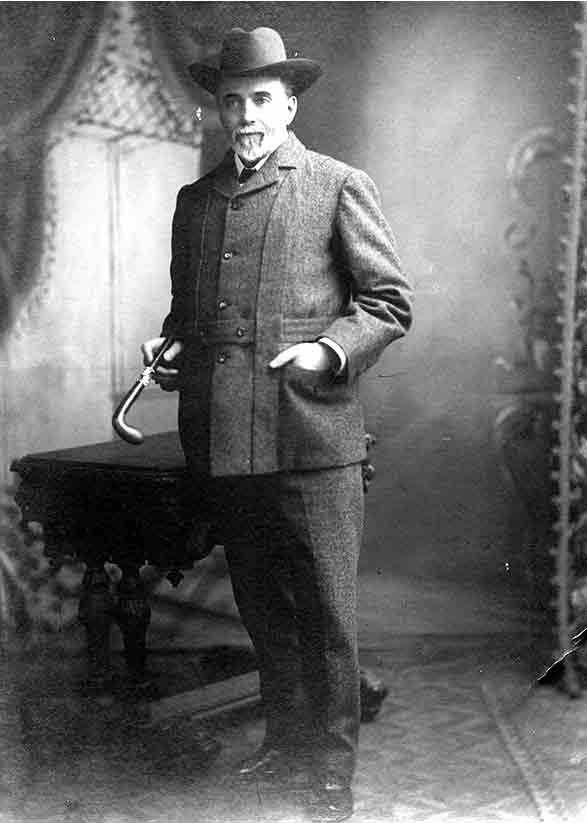
Robert James Lees was born in 1849 and in the small Leicestershire town of Hinckley. The locals are unpretentious, friendly, support the Leicester football team and voted in large numbers for Brexit. Not a lot happens in small town Hinckley. This may be why a blue plaque has been attached to the home where Robert James Lees was born. Historical plaques are normally restricted to eminent Victorians or dead rock stars from the sixties. In 1888, Lees was living in London. His diaries record that he contacted policemen in both the City Police and Scotland Yard and suggested that his skills as a clairvoyant might be useful in locating and identifying Jack the Ripper. The offer did not attract interest from within the two police forces. And that is the extent of the involvement of Robert James Lees into the investigation of Jack the Ripper.
The rest is made up nonsense. Again, like rock and roll and hamburgers, it was imported from the USA. A reporter for the Sunday Times Herald in Chicago claimed that Lees had seen a man board an omnibus in Notting Hill and disembark at Marble Arch. Lees had a vision that the man was Jack the Ripper. At some point Lees managed to convince the police that his vision had merit. Lees led the police to the fashionable home of the man from the omnibus. The police discovered Sir William Gull the physician to the Royal Family and, presumably after a confession, put him inside a lunatic asylum. This invention has supported other conspiracy theories. It has provided added detail for allegations against the freemasons and allowed some to claim that Jack the Ripper was the Duke of Clarence. Even by Ripper standards the inventions are thin. Gull was infirm and too weak to kill anyone. The Duke of Clarence liked to spend his wealth abroad and is disappointingly absent around important events like murders and a marriage he was supposedly anxious to conceal. The report from American journalists that Lees left London because he was unable to endure terrible visions of the Ripper victims being slaughtered is also an invention.
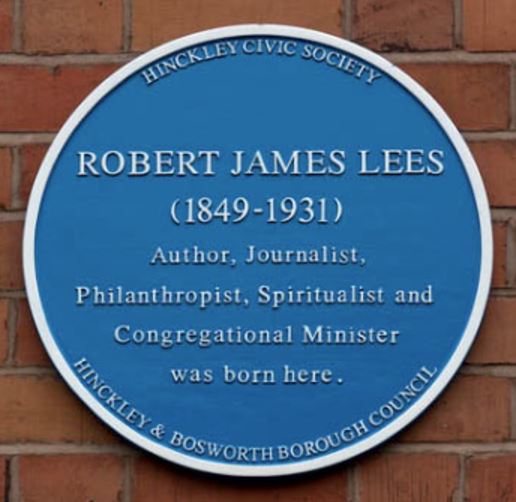
Robert James Lees died in Leicester. He was 81 years old. It is tempting to imagine an old radical with clairvoyant gifts dying peacefully in his sleep. His name rather than his spirit lives on in Ripper novels and movies. This may be fitting for a man who was able to see into the future or, because his character was reinvented, nothing more than an irony.
Howard Jackson has had seven books published by Red Rattle Books including novels, short stories and collections of film criticism. If you are interested in original horror and crime fiction and want information about the books of Howard Jackson and the other great titles at Red Rattle Books, click here.